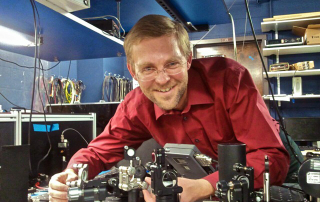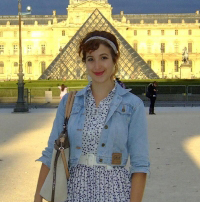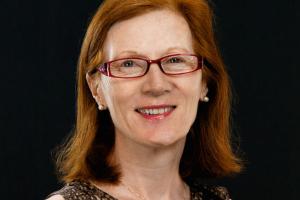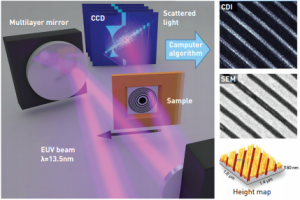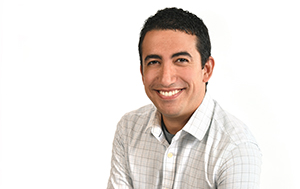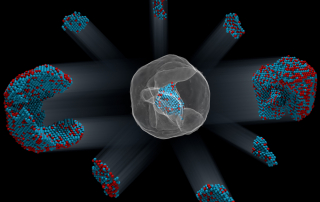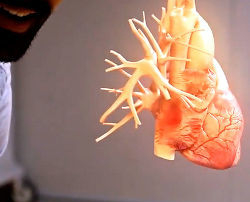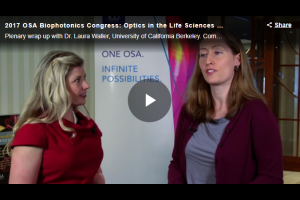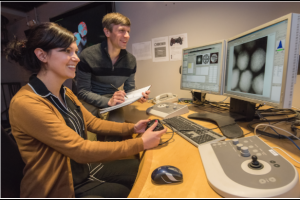Markus Raschke Elected Fellow of the American Association for the Advancement of Science
Markus Raschke has been elected a Fellow of the American Association for the Advancement of Science (AAAS), according to an AAAS news release published on the web on November 21, 2016. Former JILAn Steven Cundiff was also elected a Fellow of the AAAS this year.
The new Fellows are among the 391 AAAS members elected Fellows by their peers. The honor recognizes distinguished efforts to advance science, either scientifically or socially. The new 391 Fellows elected in October 2016 were recognized for their contributions to innovation, education, and scientific leadership.
They will be honored at a ceremony on Feb. 18, 2017, at the AAAS Annual Meeting in Boston, where they will be presented a rosette pin. The pin’s gold and blue colors signify science and engineering, respectively.
The tradition of electing AAAS Fellows began in 1874 to recognize members for their scientifically or socially distinguished efforts to advance science or its applications.
